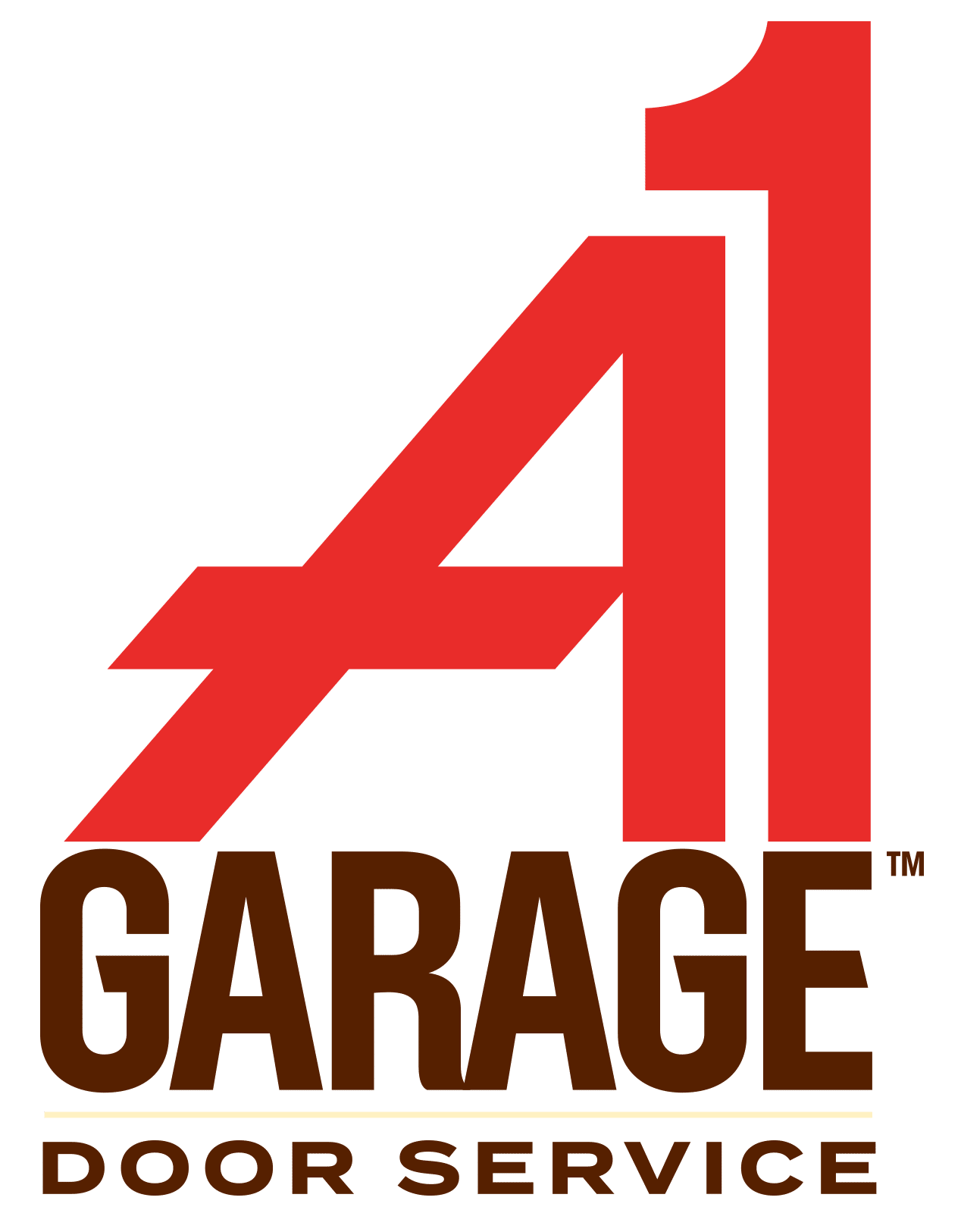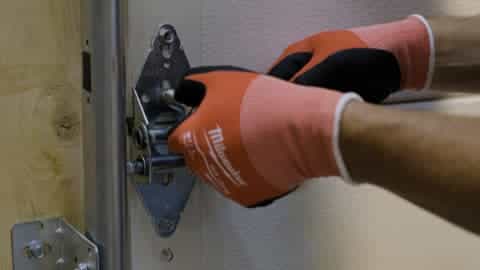You likely use your garage door multiple times every day, but most people rarely stop to think about it until something goes wrong. A squeaky noise or a door that won’t shut catches your attention, but by the time you’ve reached that point, it might be too late to avoid a service call.
There are several ways you can keep your garage door in top shape with minimal effort. Applying these 10 maintenance and efficiency strategies can prolong the life of your door and help maintain your peace of mind.
10 TIPS FOR GARAGE DOOR MAINTENANCE
1. Get to know your garage door
2. Clean the area around the door
3. Lubricate your garage door
4. Check the weather seal
5. Perform a safety test
6. Examine your door’s parts
7. Tighten loose nuts and bolts
8. Clean the door track
9. Wash your garage door regularly
10. Replace your remote’s batteries
CONSEQUENCES OF POOR MAINTENANCE
The garage door is the largest moving part of your home, but many people neglect to maintain it. This can lead to structural damage, electrical malfunction, theft or water damage, among other potential consequences.
The following tips will help you extend the life of your garage door and enjoy peace of mind. If you need assistance with any of these steps, give us a call at (844) 236-8448, and we’ll send someone to evaluate your situation and share personalized solutions.
GET TO KNOW YOUR GARAGE DOOR
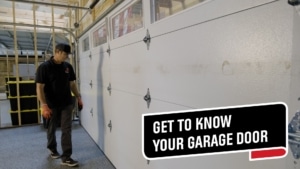
Garage doors consist of several moving parts, and if one is damaged, it can easily create a domino effect and cause damage to the others.
CLEAN THE AREA AROUND THE DOOR
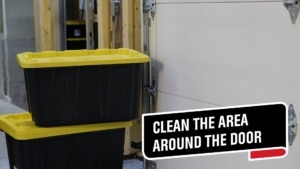
Sweep away any dirt and debris from floormats and remove cobwebs from corners. Tidy up inside and remove clutter from right outside the door. Clear away leaves and debris from where the door meets the ground, and check drainage and gutters to keep water away from the garage.
LUBRICATE YOUR GARAGE DOOR

Lubricating your door takes less than 10 minutes and should be done periodically throughout the year. A1 Garage Door Service uses a proprietary blend of spray for maximum results.
CHECK THE WEATHER SEAL

Be sure to check your garage door weather seal when the seasons change to ensure you’re keeping the hot air of summer and cold winds of winter out of your garage.
PERFORM A SAFETY TEST
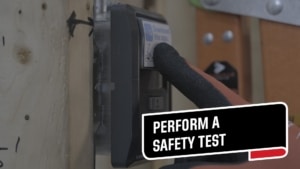
Checking these systems can, in itself, be a dangerous process. If you’re not comfortable completing these tasks yourself, please consult a garage door professional.
Garage Door Balance
The slightest imbalance in your door could cause serious damage and eventually lead to extensive repairs. It also adds extra stress to your door opener, forcing it to work harder.
To test your door’s balance, start from the closed position and disconnect the opener by pulling the release handle and placing the door in manual operation mode. Now, lift the garage door manually halfway and release it. A properly balanced door will stay in place. If the door moves up or down, there’s an issue, and you’ll need a professional to inspect the springs.
Auto-Reverse Feature
This technology prevents the door from closing if something happens to be in the path of the door. If it detects an obstacle, it will stop, and the door will automatically reverse.
To determine if the auto-reverse is working properly, lay a brick or a piece of wood flat in the center of door opening and try closing the door. As the door closes and makes contact with the object, the sensors should detect it and reverse direction.
If it doesn’t reverse and the door attempts to push through the object, you’ll need to consult your device manual to reconfigure the sensor or call a professional.
Photoelectric System
The safety system on most modern openers consists the auto-reverse feature, which senses touch, and a photoelectric system, which senses sight. Two photo eye sensors work by detecting motion in front of the sensor, sending a signal to stop or reverse the closing process if anything is detected.
To test the sensors, take a broom or other long object and close your door using an opener remote. Wave the broom in front of the sensors. They should detect the object in the path of the door and automatically reverse.
If the door doesn’t automatically reverse, try lightly cleaning and drying the sensors. If that doesn’t work, realign them. When the sensors are misaligned, one of the units – the receiver – usually blinks or turns off, depending on the model. Once aligned, the light should stop flashing. If neither of these fixes solve the problem, call a garage door technician.
EXAMINE YOUR DOOR’S PARTS
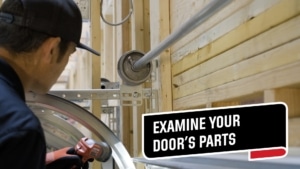
Cables
Cables and pulleys help your garage door open and close. They are usually made from steel or nylon and coated to resist corrosion from oil or moisture. Check if any cables are frayed or if they have broken strands by running your finger along each cable. Exercise extreme caution when touching the cables or leave this task for a professional.
If you find a break in the wire, it will need to be repaired as soon as possible because it is significantly reducing your system’s ability to hold weight. Please consult a garage door professional to address this concern.
Springs
Garage door springs act as the tensioning device providing the force needed to lift a garage door. Springs generally last 10,000 cycles, depending on use and environmental factors, and should be checked regularly for wear and tear. Most homeowners don’t realize their garage door springs are worn until they break.
You can check tension springs for kinks, breaks, cracks or to see if they look stretched or misshapen. If you hear loud whirring or clicking noises while the springs are operating, they might need to be replaced soon. Rusting and corrosion are also warning signs of faulty springs.
Torsion springs are one of the most dangerous items in your house. Beyond a cursory examination, please do not attempt to manipulate these springs yourself. Consult a garage door professional for thorough examination, service or replacement.
TIGHTEN LOOSE NUTS AND BOLTS

All you need to do the job yourself is a screwdriver and a socket wrench. The simple task of tightening nuts and bolts could save you major headaches down the road.
Please note, you should never touch any screws or bolts that have been painted red or that are attached to the bottom roller fixture. Adjusting these parts can cause be threatening to your door and your physical safety.
CLEAN THE DOOR TRACK
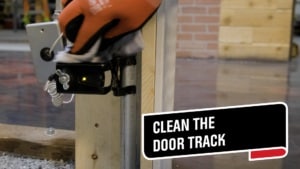
Next, clean out dirt, leaves, spiderwebs and other debris from around the tracks. While some advice will tell you to lubricate your track, A1 Garage Door Service recommends using sealed rollers instead, which will eliminate the need for lubricant and prevent grease build-up. Lastly, use a flashlight to inspect for any cracks in the metal parts of your tracks. If they’re in bad shape, it’s time to replace them.
WASH YOUR GARAGE DOOR REGULARLY
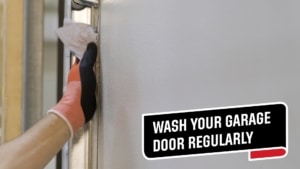
REPLACE YOUR REMOTE’S BATTERIES

Some newer garage door openers also have battery backup in the event of a power outage. You can easily test this battery by disconnecting the opener’s power source and seeing if it still functions. Use your remote to open the door. If it doesn’t engage, you know the backup battery needs replaced.

